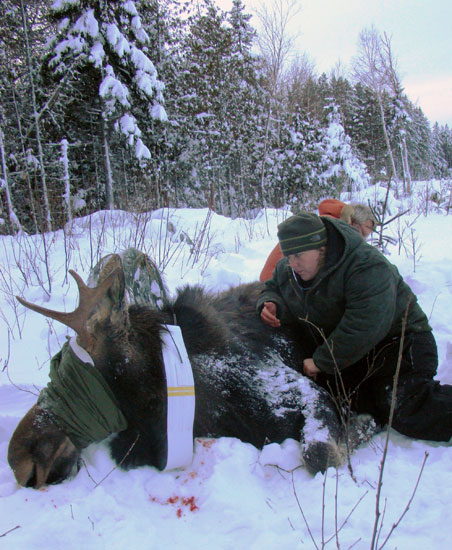 Two papers in the journal Global Ecology and Biogeography* outline two threats that the increased local temperature aspect of climate change makes on lizards.
Two papers in the journal Global Ecology and Biogeography* outline two threats that the increased local temperature aspect of climate change makes on lizards.
The first paper is about lizards in South America, but North American reptiles might experience something similar. Bearing live young allowed lizards to occupy colder climates, the paper says, but those species are now limited to those climates. As temperatures rise, those species will be forced either closer to the pole(s) or to higher elevations — severely limiting available habitat.
Read the paper The evolution of viviparity opens opportunities for lizard radiation but drives it into a climatic cul-de-sac, here. (Fee or subscription needed for full article.)
Read the University of Exeter press release on EurekAlert, here.
Another paper in the journal took data on the body temperature of lizards and compared it to the temperature of their environments. It found that it was the temperature of the environment, not the species’ body temperature, that correlated most closely (either positively or negatively) with important life-history factors such as clutch size and longevity.
Because environmental temperature seems to play a bigger role than body temperature (and therefore the lizards’ ability to compensate for environmental temperature), the paper says, climate change can have a “profound influence on lizard ecology and evolution.”
Read the paper Are lizards feeling the heat? here. (Fee or subscription required for full article.)
*In this case it is a coincidence that I ran two items from this journal on consecutive days. I received alerts on these papers from two different sources. Go figure. I’ll try to make next week lizard- and biogeography free.
Photo: The viviparous North American species the short-horned lizard, courtesy of the National Park Service.

